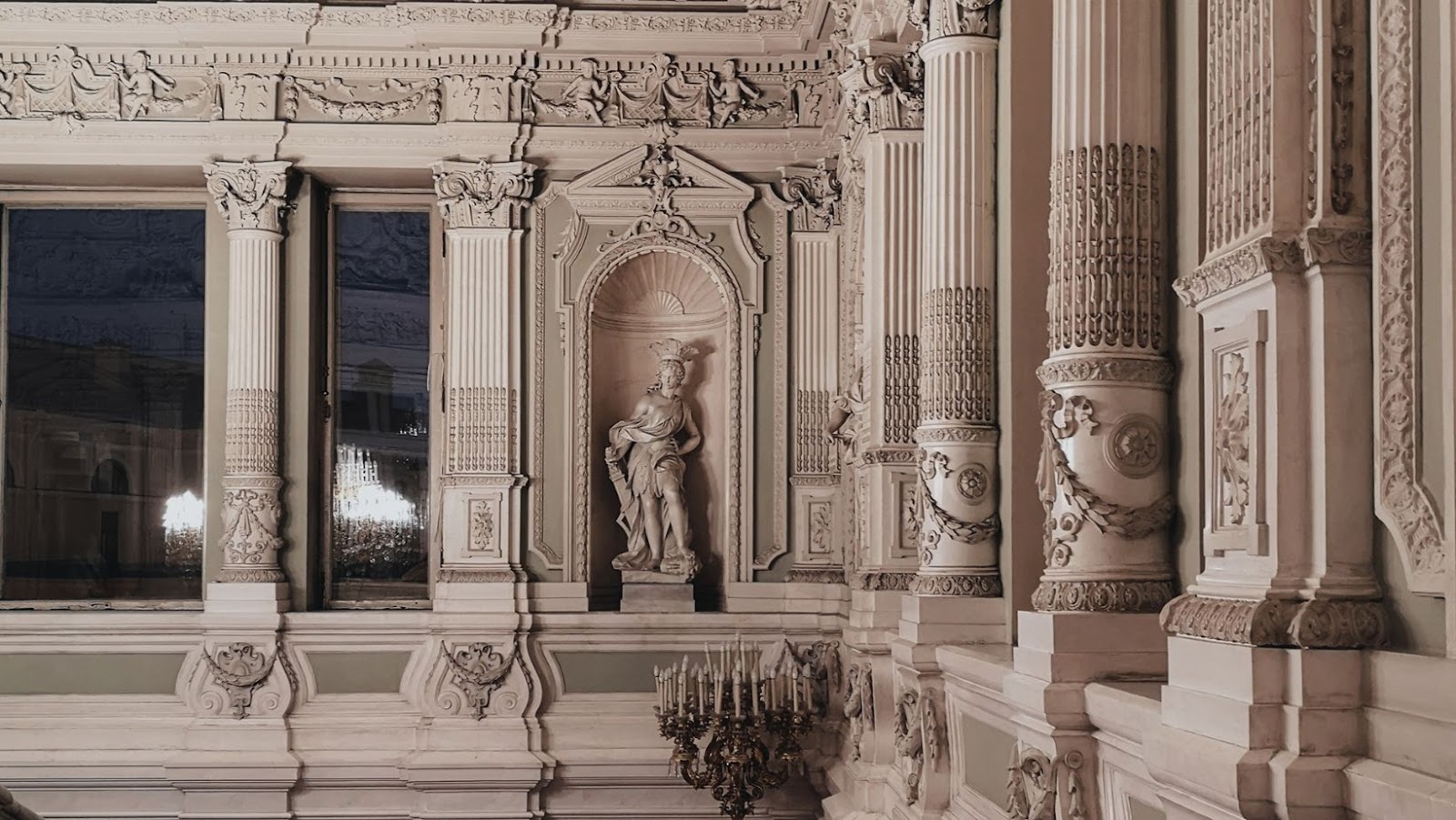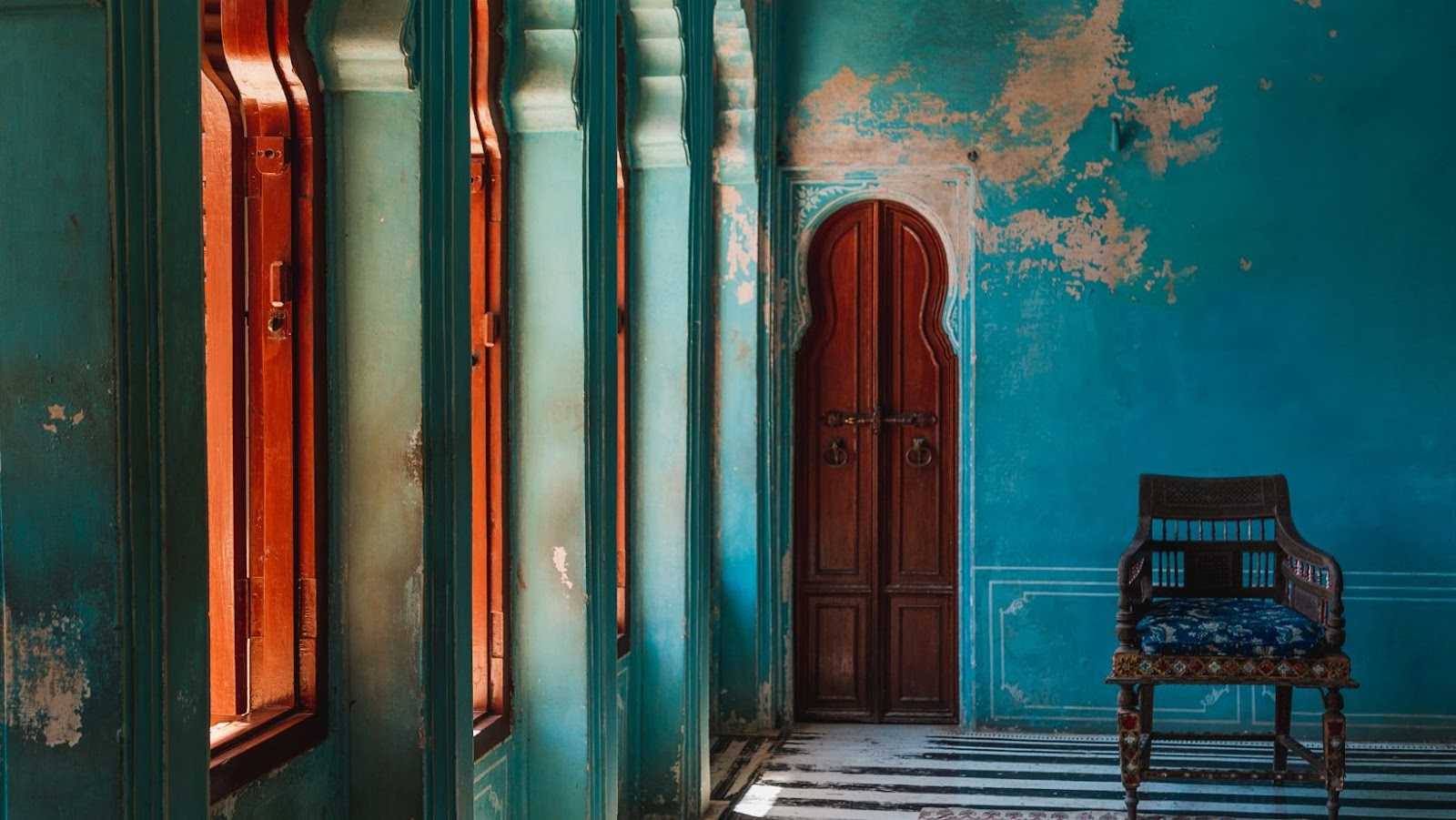70s Interior Design
The 1970s marked a pivotal period in interior design, showcasing a bold departure from the minimalist tendencies of the preceding decades. During this era, 70s interior design blossomed into a playground of vibrant colors, innovative materials, and multifunctional furniture, reflecting the societal shifts and technological advancements of the time.
At the heart of this transformation was the desire for personal expression. Homeowners embraced eclectic aesthetics, combining sleek modernism with nostalgic elements from earlier periods. This blend gave rise to environments that were both futuristic and reminiscent, where plastic and chrome lived harmoniously alongside wood and natural fibers.
Color played a crucial role in the evolution of 70s interior design. The palette expanded far beyond the traditional, incorporating earthy tones such as avocado green, mustard yellow, and burnt orange, alongside bolder hues like fuchsia and turquoise. This color experimentation extended to patterns, with geometric shapes, bold stripes, and psychedelic prints adorning everything from wallpaper to upholstery.
Color Schemes
In the realm of 70s interior design, color schemes played a pivotal role in defining the aesthetic and mood of a space. The era was marked by a bold departure from the subdued colors of preceding decades, embracing instead a palette that could instantly evoke a sense of time and place. Two dominant trends emerged: earthy tones that reflected a growing appreciation for natural elements and a distinctive combination of avocado green and harvest gold that became synonymous with the period’s design ethos.
Earthy Tones
The 70s saw a heightened interest in environmental movements and a push towards natural living, themes that heavily influenced interior design choices. As a result, earthy tones became a cornerstone of 70s interior design, bringing a sense of warmth and grounding to spaces. These hues were inspired by the natural world, encompassing rich browns, deep oranges, and muted greens. They were often complemented by the use of natural materials such as wood, stone, and plants, which enhanced the organic feel of interiors. The popularity of these colors also reflected a collective desire for comfort and stability during a decade marked by economic and social change.
| Color | Inspiration Source |
| Rich Browns | Earth, Wood |
| Deep Oranges | Autumn Leaves |
| Muted Greens | Foliage |
This approach to color not only created cozy, inviting spaces but also allowed for a seamless blend between indoor and outdoor environments, blurring the boundaries and bringing nature indoors.
 Avocado Green and Harvest Gold
Avocado Green and Harvest Gold
While earthy tones provided a base for naturalistic designs, the introduction of avocado green and harvest gold as accent colors brought a vibrant pop that became iconic to the era. These colors were everywhere, from kitchen appliances and countertops to bathroom fixtures and living room decor. Avocado green, with its muted yet bold presence, offered a fresh, optimistic vibe that complemented the earthy tones prevalent in 70s interior design. On the other hand, harvest gold evoked a sense of warmth and richness, adding a luxurious touch to spaces.
| Environment | Avocado Green Application | Harvest Gold Application |
| Kitchens | Appliances, Countertops | Wallpaper, Accessories |
| Bathrooms | Fixtures, Towels | Fixtures, Towels |
| Living Rooms | Decor Accents, Furniture | Curtains, Cushions |
The combination of these two hues alongside the broader earthy palette showcased the decade’s penchant for experimenting with colors. This willingness to embrace bold, unconventional choices speaks to the heart of 70s interior design: a fearless expression of individuality and a break from tradition.
Furniture and Decor
The 70s interior design era was a time of bold choices and a unique approach to blending colors and materials. The era’s furniture and decor reflect a period when people were not afraid to experiment and truly express themselves through their living spaces. From the plush, comfortable sofas to the striking use of patterns and textures, each element played a vital role in creating an atmosphere that was both inviting and reflective of the times. As we look back, it’s clear that the 70s have left an indelible mark on the world of interior design, inspiring contemporary designers to embrace boldness and creativity in their work.
